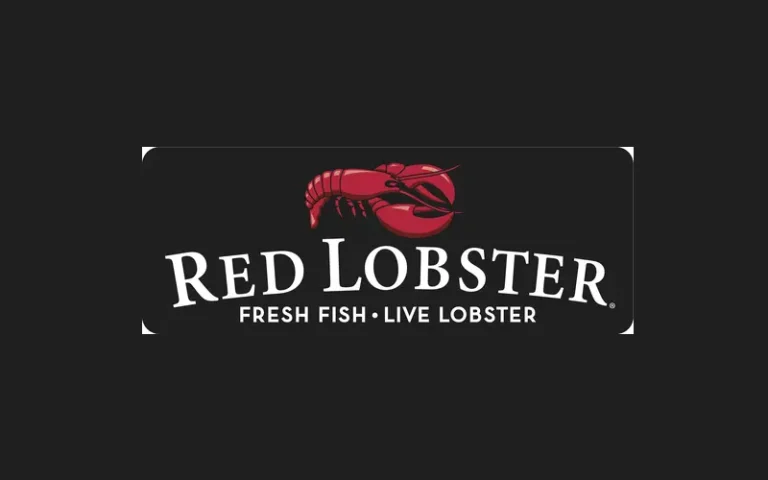For decades, Red Lobster has been synonymous with cheddar bay biscuits, endless shrimp deals, and family-style seafood dining. Yet the brand has been navigating choppy waters—financial woes, closures, and a bankruptcy filing in 2024. This leads to a burning question: who is the Red Lobster new owner behind its revival? Is it a seafood giant, private equity firm, or a major restaurant juggernaut? Let’s dive in.
Red Lobster’s Troubled Waters: From Bankruptcy to Buyout
The Bankruptcy Storm
In May 2024, Red Lobster filed for Chapter 11 after years of declining sales, mounting debt ($1+ billion), and a misguided “endless shrimp” promotion that reportedly cost the company $11 million. The chain closed nearly 100 locations and sought a lifeline: sale to creditors.
The Rescue Bid
By September 2024, court backing approved a plan where RL Investor Holdings LLC—a lender consortium led by Fortress Investment Group, along with TCW Private Credit and Blue Torch Capital—would acquire Red Lobster. This group injected over $60 million to stabilize operations.
Unveiling the “Red Lobster New Owner”: RL Investor Holdings & Fortress
Who Are They?
-
RL Investor Holdings LLC: A special-purpose holding vehicle led by Fortress Investment Group and co-investors.
-
Fortress Investment Group: A private-equity firm with a track record in restaurant turnarounds, including chains like Krystal and Logan’s Roadhouse.
With lender approval finalized by late September 2024, this ownership officially ushered Red Lobster out of bankruptcy.
Leadership Overhaul: Introducing the New CEO
Meet Damola Adamolekun
-
The youngest CEO in Red Lobster history, Adamolekun brings a blend of operational savvy and financial discipline. He previously led P.F. Chang’s through digital transformation.
-
Appointed in August 2024, he took the reins during bankruptcy and affirmed a vision that balances loyalty to traditional customers while wooing new diners.
Brand Revival Strategy: Quality, Identity, and Efficiency
Menu & Culinary Refinement
Adamolekun has spearheaded initiatives to trim the menu, removing underperforming items like grilled pork chops, and upleveling seafood offerings—lobster tacos, scallops, hot-plate dishes.
Restaurant Aesthetics
The new owner prioritized interior makeovers: improving lighting, HVAC systems, and ambiance to shed Red Lobster’s dated image.
“Theater at the Table” Concept
Inspired by Adamolekun’s experience at P.F. Chang’s, Red Lobster introduced “theater at the table”—individual sizzling plates and celebratory touches—to appeal to millennials and Gen Z.
Business Model & Market Approach
Cost Discipline
The new owners trimmed store counts—exiting over 100 locations—and aggressively restructured leases to cut costs.
Balanced Customer Strategy
Red Lobster continues to serve its loyal boomers (40% of diners are over 55) while seeking to attract younger demographics through menu innovation and refreshed interiors.
New Promotions
The brand relaunched promotions like Lobsterfest, a beloved seasonal event, this time with new star-themed dishes (e.g., Blake Griffin platter) and renewed investor backing.
Expansion, Presence & Brand Metrics
Restaurant Presence
At exit, about 544 locations remained across the U.S. and Canada—a slimmed-down but more focused footprint.
Financial Commitments
The new owner committed $60 million+ to upgrades—covering renovations, menu research, and marketing expansion.
Operational Efficiency
CEO Adamolekun emphasized streamlining operations and simplifying the menu to improve kitchen flow and cost efficiency.
Marketing Strategy: Nostalgia Meets Fresh Appeal
Loyal Promotions
Events like Lobsterfest serve to rekindle nostalgia and remind customers of Red Lobster’s classic appeal.
Tap into Pop Culture
Celebrity-backed promotions—like NBA star Blake Griffin’s Lobsterfest dish—help boost brand visibility and media interest.
Experience Centricity
New “theater at the table” concepts, birthday sparklers, and sizzling dishes offer a sensory upgrade to dining experiences.
The Owner’s Influence: How RL Investor & Adamolekun Shape Red Lobster’s Future
Strategic Capital & Turnaround Plan
Fortress-led ownership injected essential capital, while the court-approved restructuring provided breathing space to execute a recovery plan.
Balanced Brand Evolution
Adamolekun’s leadership ensures Red Lobster honors its heritage—unlimited shrimp and traditional dishes—while embracing modernization.
Incremental Yet Intentional Change
The plan centers on incremental remodeling and menu revisions, underpinned by a long-term lens on profitability and brand relevance.
Outlook: Can the “Red Lobster New Owner” Hold the Course?
Industry analysts expect a leaner, more upscale Red Lobster—fewer locations but higher revenue per location.
Potential challenges include:
-
Sustaining spending on remodels
-
Attracting a younger crowd without alienating legacy patrons
-
Boosting brand sentiments post-bankruptcy
But signs are hopeful:
-
Positive reception to Lobsterfest relaunch
-
Enhanced dining experiences
-
Improved operations and refined menu strategy
🏁 Conclusion: Who Is the “Red Lobster New Owner”?
Today, the official red lobster new owner is RL Investor Holdings LLC, backed by Fortress Investment Group, TCW Private Credit, and Blue Torch Capital.
-
This ownership rescued the chain from financial collapse, injecting funding and direction.
-
Under CEO Damola Adamolekun, new menus, restaurant upgrades, and targeted marketing aim to rejuvenate the brand.
-
Moving forward, Red Lobster is carving a steadier path—smarter store strategy, quality upgrades, and experiential dining that mixes nostalgia with freshness.
From bankruptcy to strategic rebirth, the Red Lobster new owner marks a pivotal turning point—fueling a brand reset rooted in legacy, innovation, and sustainability. If you’ve wondered who the Red Lobster new owner is, it’s now clear: a coalition led by Fortress, armed with vision and investment to bring seafood lovers back to the table.
Related Article –
Lulu Mall’s Magnetic Pull — Who Truly Owns It?
